I thought Pulp Fiction was a good film and I can appreciate why it was critically acclaimed, however I thought the film was very drawn out and it focused on too many unnecessary details that draw away from the story line. The movie followed the characters scene by scene and didn’t skip around at all which made it seem more realistic but it also just dragged the movie and it was somewhat monotonous at times.
A moment that stood out to me was when Vincent Vega and Mia Wallace were sitting at the diner talking. This scene seemed to drag on for a really long time and it felt like almost half of the movie was their dialogue at the diner and seemed somewhat unnecessary to spend that much time on one scene.
One element of the film that stood out to me was the use of segmenting to help break the film down and make it easier to comprehend and prepare the viewer for what’s about to happen. The movie is very long so it’s broken down into 7 main segments- “Prelude to The Gold Watch (flashback), Prelude to Vincent Vega and Marsellus Wallace’s Wife, The Bonnie Situation, The Diner, The Diner ii, Prelude to The Gold Watch (present), Vincent Vega and Marsellus Wallace’s Wife, and The Gold Watch” (Wikipedia). This was a smart choice by the director ton split the film up into segments so that it kept the audience engaged and let them know what to look for in each segment of the film and what to pay attention to.
I read varying critical conversations about Pulp Fiction, some describe it as an excellent film while others describe the film as “authoritative, influential, and meaningless” (Foster Hirsch). Other critics think that Pulp Fiction is a reference to postmodernism because it has several references to the 1950s and was even called a masterpiece, “Describing the film in 2005 as Tarantino’s ‘postmodern masterpiece … to date’, David Walker writes that it “is marked by its playful reverence for the 1950s … and its constantly teasing and often deferential references to other films”. He characterizes its convoluted narrative technique as ‘postmodern tricksiness’,” (Wikipedia).
I can agree with the varying critiques of the film because I can appreciate how influential and important its references to postmodernism ast the time of its release were but I also can understand how a critic would be harsh and write that it seems “meaningless” at times because I also felt that way during the film.
Sources

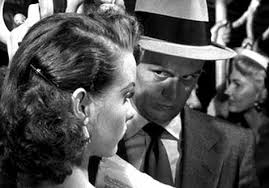 actions while he subtly folds up a newspaper and uses that to steal Candy’s wallet. Then in other scenes they used a wider angle in order to incorporate the action being shown. An example of this is when Joey is beating up Candy for not retrieving the films. The camera is in a fixed spot and has a perfect view of the whole room. The fight between Joey and Candy travelled
actions while he subtly folds up a newspaper and uses that to steal Candy’s wallet. Then in other scenes they used a wider angle in order to incorporate the action being shown. An example of this is when Joey is beating up Candy for not retrieving the films. The camera is in a fixed spot and has a perfect view of the whole room. The fight between Joey and Candy travelled all over the room and a decent amount of damage was done. After the fight scene they show Candy in the hospital with significant bruising. This was done with special effects makeup.
all over the room and a decent amount of damage was done. After the fight scene they show Candy in the hospital with significant bruising. This was done with special effects makeup.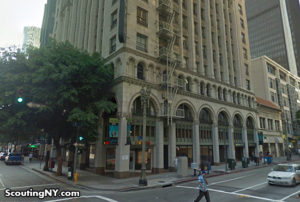
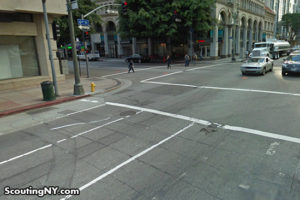
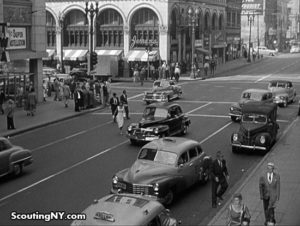
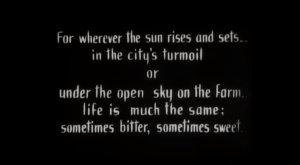

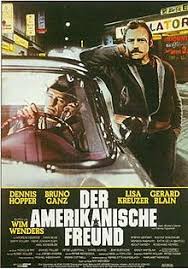
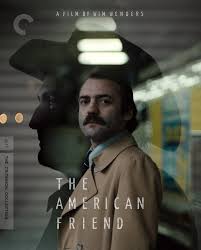
 it was called Ripley’s Game. The movie itself is about a man named Tom Ripley. Ripley is a very wealthy American living in Germany. Ripley makes a living by scamming people at auctions for fake art. His partner would bring out some forged paintings and Ripley would be in the crowd raising the price in the auction. While doing his usual scheme he meets a very sick man named Jonathon Zimmermann. Zimmermann is a picture framer and doesn’t have much respect for Ripley. The movie goes on to tell a twisted tale of Ripley making Zimmermann believe that he’s far more ill than he really is. He even went so far as to forge medical results to make Zimmermann desperate and more open to living a life of crime. Zimmermann is actually unaware of Ripley’s part in falsifying his medical records and forms a kind of bond with him. This leads to Ripley protecting Zimmermann in a way from a gangster that wants to use him in a murder. Zimmermann begins to think that the mafia wants to kill him so him and Ripley set up in his mansion to wait for their attackers. Zimmermann and Ripley kill their almost-assassins and then load their bodies up into an ambulance for disposal. In the end Zimmermann does find out that his medical records were faked and ends up abandoning his partner Ripley. Zimmerman ends up dying from some unknown reason while he’s driving away and that’s the end of the movie.
it was called Ripley’s Game. The movie itself is about a man named Tom Ripley. Ripley is a very wealthy American living in Germany. Ripley makes a living by scamming people at auctions for fake art. His partner would bring out some forged paintings and Ripley would be in the crowd raising the price in the auction. While doing his usual scheme he meets a very sick man named Jonathon Zimmermann. Zimmermann is a picture framer and doesn’t have much respect for Ripley. The movie goes on to tell a twisted tale of Ripley making Zimmermann believe that he’s far more ill than he really is. He even went so far as to forge medical results to make Zimmermann desperate and more open to living a life of crime. Zimmermann is actually unaware of Ripley’s part in falsifying his medical records and forms a kind of bond with him. This leads to Ripley protecting Zimmermann in a way from a gangster that wants to use him in a murder. Zimmermann begins to think that the mafia wants to kill him so him and Ripley set up in his mansion to wait for their attackers. Zimmermann and Ripley kill their almost-assassins and then load their bodies up into an ambulance for disposal. In the end Zimmermann does find out that his medical records were faked and ends up abandoning his partner Ripley. Zimmerman ends up dying from some unknown reason while he’s driving away and that’s the end of the movie.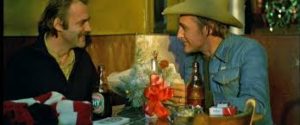


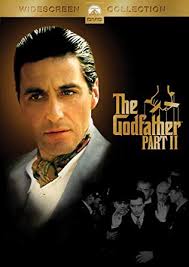

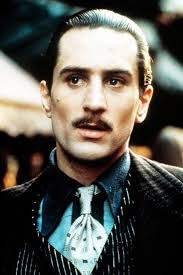
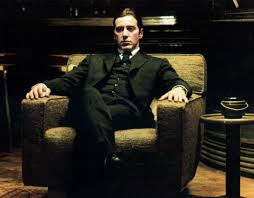
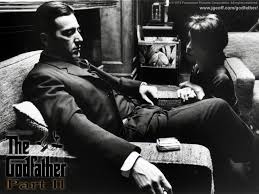 clearly (eportfolios). An example of this, along with angle choice is when Connie, Michael’s sister, is begging him to forgive their other brother Fredo. While the camera is on Connie it’s kept at a somewhat high angle to give the sense of vulnerability on Connie’s part. When the camera was on Michael it was filmed directly at eye level. This really emphasized the fact that Michael was above Connie both physically and in terms of power.
clearly (eportfolios). An example of this, along with angle choice is when Connie, Michael’s sister, is begging him to forgive their other brother Fredo. While the camera is on Connie it’s kept at a somewhat high angle to give the sense of vulnerability on Connie’s part. When the camera was on Michael it was filmed directly at eye level. This really emphasized the fact that Michael was above Connie both physically and in terms of power.